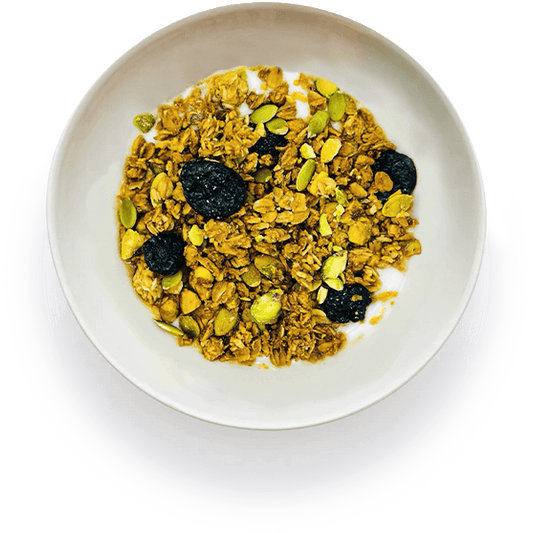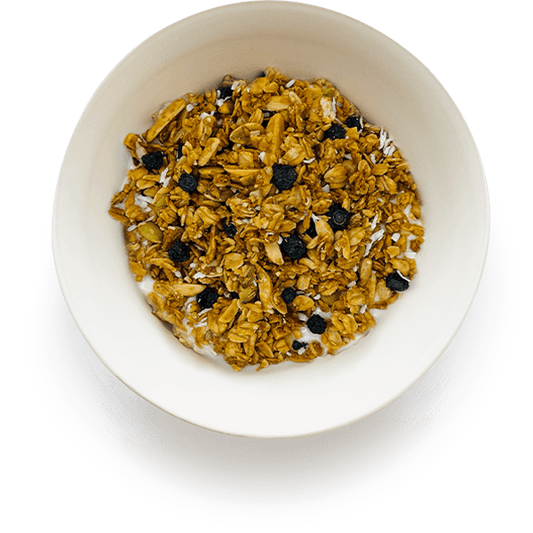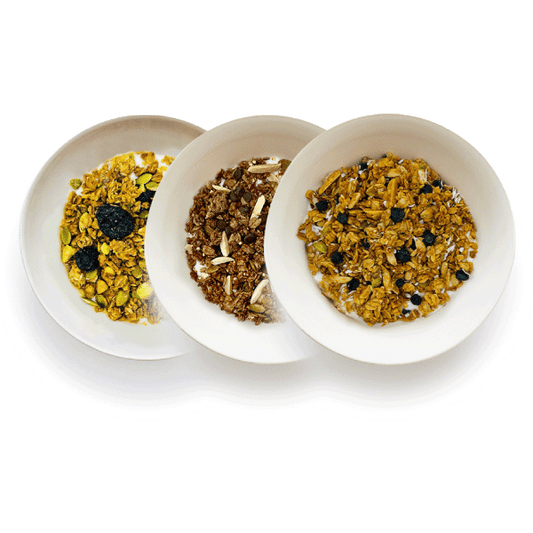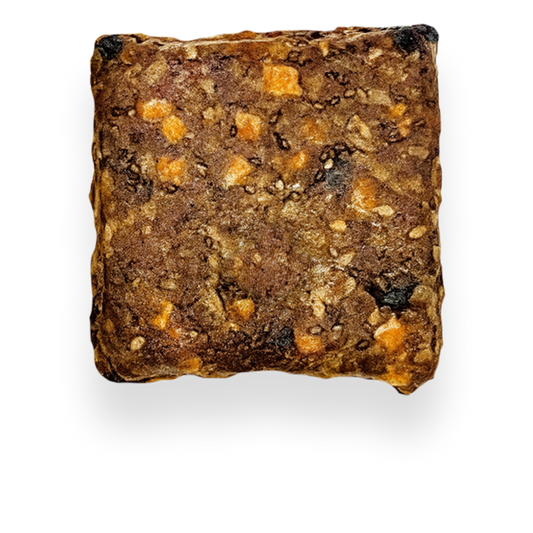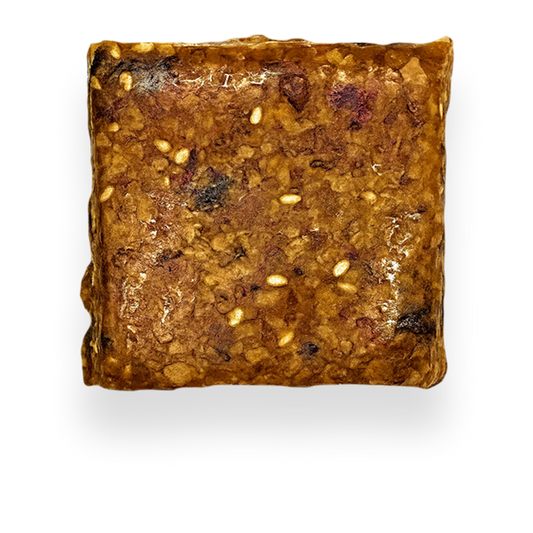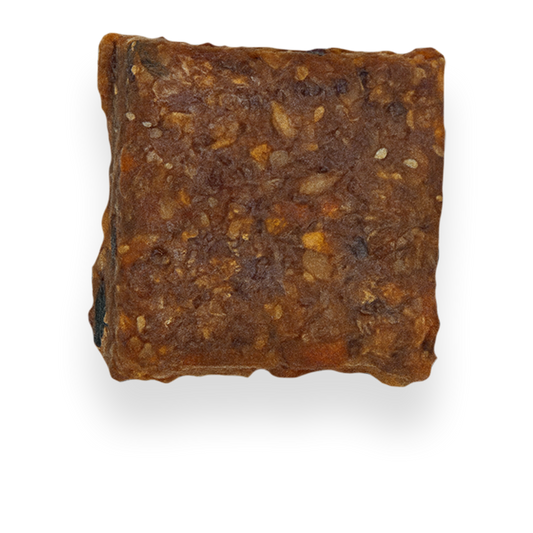Why a Whole Food Plant-Based Diet Just Makes Sense (and Feels Amazing)
By FireRoad Life
If you’ve ever thought, “I want to eat more plant-based—but I still want real food,” you’re already halfway to a whole food plant-based (WFPB) lifestyle. It’s not a fad, and it’s not about restriction.
It’s about returning to foods that actually look like food—and letting them do what they do best: nourish, energize, and restore.
A whole food plant-based diet (WFPB) centers on minimally processed plants—vegetables, fruits, whole grains, legumes, nuts, and seeds—while limiting ultra-processed foods, refined grains, added sugars, and animal products. In short: more whole plants, fewer processed foods.
Eat more: vegetables, fruit, beans, lentils, whole grains (oats, quinoa, brown rice), nuts, seeds.
Limit/avoid: deli meats, refined grains (white bread/pasta), candy, soda, fried fast food, packaged snacks with long ingredient lists.
What “Whole Food Plant-Based” Really Means

Despite all the buzz, a WFPB diet isn’t just vegan without cheese. A WFPB pattern prioritizes foods that look like their original form.
It’s a way of eating built around minimally processed plants—vegetables, fruits, whole grains, legumes, nuts, and seeds.
Think lentils instead of processed foods, quinoa instead of white pasta, and roasted veggies instead of bagged fries.
The goal is abundance, not deprivation. You fill your plate with colorful, nutrient-dense foods that leave less room (and less craving) for the ultra-processed stuff. Bonus: no need to count calories or measure macros—nature’s ratios are pretty smart already.
The Proven Benefits of Going WFPB
Better Heart Health
Decades of research link whole-food plant diets to lower cholesterol, blood pressure, and reduced heart disease risk. Fiber from oats, beans, and veggies helps sweep out LDL cholesterol, while plant antioxidants protect blood vessels.
Steadier Energy and Focus
When you eat foods in their natural form—complete with fiber, complex carbs, and healthy fats—you avoid the crash-and-burn of refined carbs. The result: smooth, steady energy and clearer thinking all day long.
Happier Gut, Better Mood
A WFPB diet feeds your gut microbiome—the trillions of friendly bacteria that drive digestion, immunity, and even mood regulation. Soluble and insoluble fibers from beans, grains, and veggies keep everything (literally) moving.
Lower Inflammation, Faster Recovery
Plants are loaded with anti-inflammatory compounds—polyphenols, omega-3s, and antioxidants—that help your body bounce back from stress, workouts, or just modern life.
Longevity and Disease Prevention
Populations with plant-forward diets consistently live longer and experience lower rates of diabetes, cancer, and cardiovascular disease. It’s not about “eating less”; it’s about eating right.
Modern Convenience Meets Real-Food Nutrition
Busy weeks, travel, and decision fatigue can derail even the best intentions. That’s why FireRoad built Veggies + Grains: hearty bowls that start with real ingredients you recognize—roasted cauliflower, mushrooms, kale, lentils, farro, and millet—layered for flavor, not fillers.
In each bowl, you’ll find complete plant protein from smart grain-and-legume pairings, along with the kind of fiber that supports gut health and keeps you full.
Seeds, spices, and a colorful mix of vegetables bring micronutrients that support steady energy, sharper focus, and better recovery.
When you’re ready to explore, begin with a few standouts.
Mujadara delivers lentils and rice scented with warm spices and finished with caramelized onions—comforting and fiber-rich.
Creamy Millet with Roasted Mushrooms and Garlic Kale leans into umami and B-vitamin-rich grains for a cozy, satisfying bowl that includes slow-roasted mushrooms and garlic kale, a vibrant, antioxidant-dense side that plays well with everything.
You can also go Sicilian-inspired with Roasted Cauliflower + Farro Trapanese, where a tomato-almond pesto meets chewy farro for a dish that’s equal parts earthy and fresh.
Every dish in Veggies + Grains reflects the WFPB ethos: whole ingredients, balanced macros, no nonsense.
How to Start a Whole Food Plant-Based Diet (Without Overthinking)
Going WFPB doesn’t have to mean cleaning out your pantry or giving up your favorite flavors. Start simple:
- One swap at a time. Try replacing one processed meal or snack each day with a whole-food option.
- Build half the plate with plants: vegetables and legumes first, then add whole grains.
- Add color to your plate. The more color on your plate, the broader your nutrient coverage.
- Prep once, eat twice: batch grains and beans; roast a tray of veggies for the week.
- Flavor matters: keep olive oil, citrus, herbs, and spice blends handy.
- Listen to your body. You’ll notice more energy, lighter digestion, and fewer cravings within days.
You don’t have to label yourself “plant-based.” You just have to choose real food more often—and make it convenient enough to stick with.
The Bottom Line
A whole food plant-based diet isn’t about perfection. It’s practical: eat more plants in their natural form and your body responds with steadier energy, better digestion, and long-term health gains. And you don’t need to spend hours in the kitchen.
FireRoad’s Veggies + Grains brings real-food fuel to your schedule—colorful, nourishing, and ready when you are.
Because eating better shouldn’t be harder, it should just feel better.
The information on this website is for informational purposes only and not intended as a substitute for professional medical advice, diagnosis, or treatment. Always seek the advice of your physician or other qualified health provider with any questions you may have regarding your health, diet, or any medical condition.



